Disclosure: This article contains affiliate links. We may earn a commission from purchases at no extra cost to you, which helps our travel content.
As a transportation engineer living in Alaska, I've developed quite the fascination with natural phenomena that rival our human-made marvels. The aurora borealis tops that list, and Fairbanks offers one of the world's premier viewing experiences. Just a 6-hour drive from my home in Anchorage, this interior Alaskan city sits under the 'auroral oval'—a ring-shaped region around the Earth's geomagnetic pole where northern lights activity is most concentrated. After numerous weekend trips chasing these dancing lights, I've engineered the perfect approach to experiencing this breathtaking natural display.
Understanding the Science & Timing Your Visit
Before we dive into viewing locations, let's tackle the engineering behind the aurora. These magnificent displays occur when charged particles from the sun collide with gases in our atmosphere. These collisions create the vivid greens, purples, and occasionally reds that dance across the sky.
As an engineer, I appreciate precision, and timing your visit correctly is crucial. Fairbanks experiences nearly 200 nights of aurora activity annually between late August and early April. The prime viewing season runs from September to March when darkness extends for longer periods. The optimal viewing hours typically fall between 10 PM and 2 AM, though I've witnessed spectacular displays both earlier and later.
To maximize your chances, plan a stay of at least three nights. I use the aurora forecast app religiously to track geomagnetic activity. The app uses data from NOAA's Space Weather Prediction Center to forecast aurora visibility with surprising accuracy. Anything rated Kp3 or higher typically means good viewing potential in Fairbanks.

💡 Pro Tips
- Download an aurora forecast app before your trip to track activity levels
- Plan to stay at least 3 nights to increase your chances of clear skies
- The new moon phase offers darker skies for optimal viewing
Prime Viewing Locations: An Engineer's Perspective
When selecting aurora viewing locations, I apply the same principles I use in transportation planning: accessibility, safety, and optimal conditions. Here are my top recommendations:
Chena Hot Springs Resort (about 60 miles northeast of Fairbanks) combines aurora viewing with the bonus of soaking in natural hot springs. The resort offers organized aurora tours, but I prefer hiking up to Charlie Dome on their property for an elevated, unobstructed view. Nothing beats watching the lights while staying warm in their outdoor rock lake. The resort also has an Aurora Ice Museum worth exploring during daylight hours.
Murphy Dome (20 miles northwest of Fairbanks) sits at 2,930 feet elevation, offering panoramic views above the fog that sometimes settles in valleys. As an engineer, I appreciate this location for its 360° viewing platform free from light pollution. The road up can be challenging in winter, so I always bring my vehicle recovery boards which have saved me twice during heavy snowfall.
Creamer's Field Migratory Waterfowl Refuge offers in-town viewing when conditions are strong. While light pollution is higher, it's convenient for those without transportation.
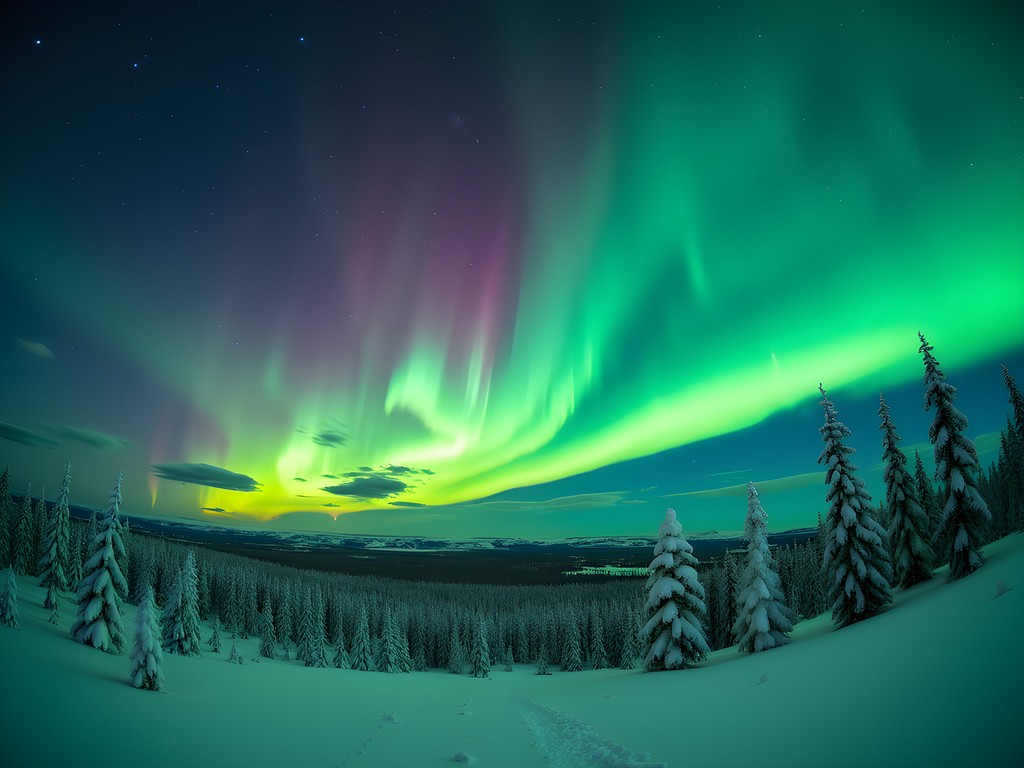
💡 Pro Tips
- Choose locations at least 20 miles from city lights for optimal viewing
- Elevated positions like Murphy Dome offer better visibility above valley fog
- Always check road conditions before heading to remote viewing areas
Capturing the Magic: Photography Tips
Photography has become an unexpected passion since moving to Alaska, and capturing the aurora presents unique technical challenges I've learned to overcome.
First, you'll need proper equipment. A sturdy carbon fiber tripod is essential—I learned this lesson the hard way when my first aluminum tripod froze and became brittle in -20°F temperatures. Carbon fiber handles extreme cold much better.
For camera settings, I typically start with: - Manual mode - ISO 1600-3200 (depending on aurora brightness) - Aperture as wide as possible (f/2.8 or wider) - Shutter speed between 5-15 seconds - Manual focus set to infinity
To prevent your camera battery from dying in the cold (a common issue), I keep spares in an insulated battery pouch tucked inside my jacket close to body heat. This simple solution has extended my shooting time by hours.
For those using smartphones, newer models can capture decent aurora photos. I've had success using the smartphone tripod mount combined with the NightCap Camera app's northern lights mode.
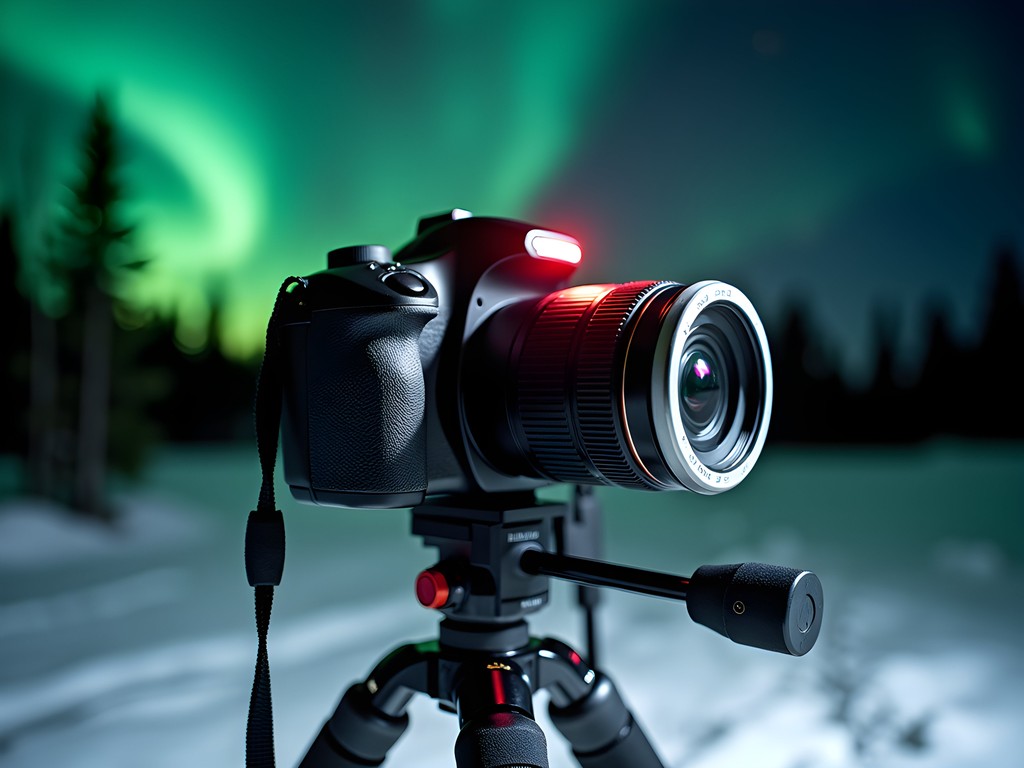
💡 Pro Tips
- Pre-focus your camera during daylight to avoid focusing issues at night
- Use a remote shutter release to prevent camera shake
- Bring extra batteries stored close to your body to keep them warm
Staying Warm: Essential Cold-Weather Strategies
As someone who designs transportation systems for extreme cold environments, I've applied my engineering mindset to the challenge of staying comfortable while aurora viewing in temperatures that regularly plummet to -20°F or colder.
Layering is crucial, but the quality and material of those layers matter tremendously. I start with a moisture-wicking base layer, add a high-quality mid-layer like merino wool, and finish with a serious outer layer. My heated jacket has been a game-changer for extended viewing sessions—its carbon fiber heating elements provide warmth for up to 10 hours on a single charge.
Extremities need special attention. I wear a balaclava that protects my face while allowing moisture from breath to escape without fogging up my glasses or camera viewfinder. For hands, I use a dual-system: thin liner gloves that allow me to operate camera controls, covered by heavy mittens with hand warmers inserted when I'm not shooting.
Many first-time visitors don't realize that standing still for hours in deep cold requires insulation from below as well. I bring a portable heated seat that serves double duty—I can use it as hand warmers while driving and as a heated cushion while watching the aurora.
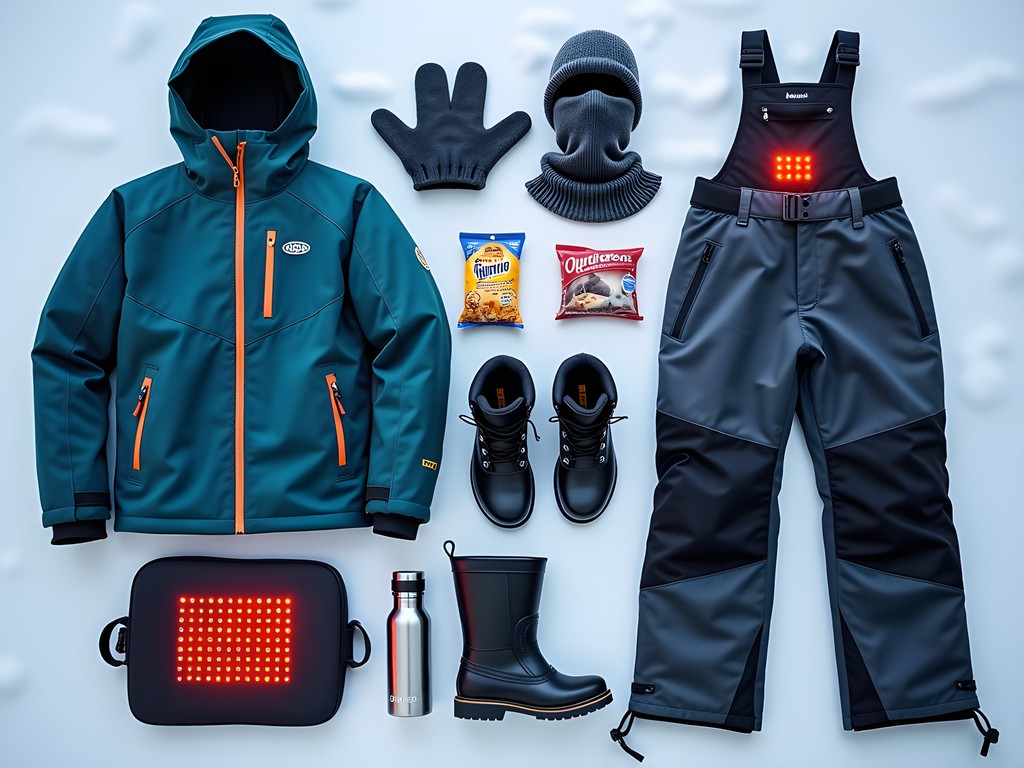
💡 Pro Tips
- Never wear cotton as your base layer—it holds moisture and accelerates heat loss
- Bring chemical hand and foot warmers even if you don't think you'll need them
- Pack high-calorie snacks—your body burns more calories staying warm in extreme cold
Beyond the Lights: Making the Most of Your Fairbanks Winter Visit
While the aurora is undoubtedly the star attraction, Fairbanks offers fascinating daytime activities that I've found enhance the overall experience. As someone who appreciates both natural and human-made marvels, I recommend the following:
The Museum of the North at the University of Alaska Fairbanks houses an impressive exhibit on the science behind the aurora, including interactive displays explaining the electromagnetic phenomena—a must-visit for fellow science enthusiasts.
Chena River State Recreation Area offers stunning winter landscapes and well-maintained trails. I particularly enjoy the Angel Rocks Trail for its geological formations and views. If you're visiting with a partner, the snowshoes are perfect for exploring these winter wonderlands together.
The Trans-Alaska Pipeline Viewpoint might seem like an odd recommendation from a transportation engineer, but this 800-mile engineering marvel is fascinating. The elevated pipeline with its distinctive zigzag pattern demonstrates brilliant engineering solutions to building on permafrost.
For a unique cultural experience, I highly recommend the Morris Thompson Cultural and Visitors Center to learn about Alaska Native cultures and the history of interior Alaska. The center also offers aurora information and can help arrange viewing tours if you prefer guided experiences.
Finally, don't miss Running Reindeer Ranch for a magical walk through the boreal forest with reindeer. The owners are incredibly knowledgeable about these magnificent animals and their adaptation to extreme environments—another example of nature's engineering excellence.
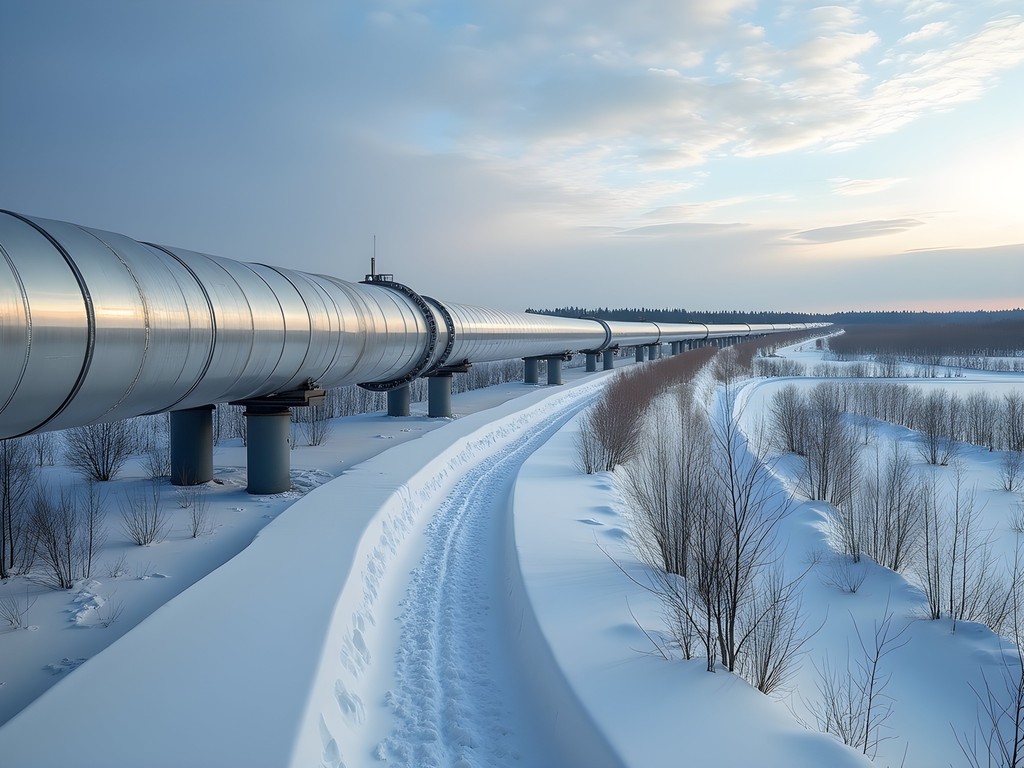
💡 Pro Tips
- Use daytime activities to adjust to the late-night aurora viewing schedule
- The World Ice Art Championships (February-March) showcases incredible ice sculptures
- Visit Fountainhead Antique Auto Museum to see how vehicles were adapted for Alaska's extreme conditions
Final Thoughts
As an engineer who's spent countless weekends analyzing the optimal conditions for aurora viewing, I can confidently say that Fairbanks offers one of the most accessible and reliable northern lights experiences on the planet. The combination of its location under the auroral oval, relatively stable winter weather patterns, and developed infrastructure makes it perfect for couples seeking this bucket-list experience.
While the technical aspects of aurora prediction and photography can seem daunting, the moment those first green wisps appear and begin their dance across the sky transcends all the preparation and cold-weather challenges. There's something profoundly connecting about standing together in the silence of an Alaskan winter night, watching nature's most spectacular light show unfold above you.
I encourage you to approach your aurora adventure with both careful planning and openness to serendipity. Some of my most memorable displays have occurred when I least expected them—a reminder that even the most precisely engineered plans should leave room for wonder. Whether you're drawn by the science, the photography opportunities, or simply the magic of the experience, Fairbanks awaits with its dark skies and dancing lights.
✨ Key Takeaways
- Plan a minimum 3-night stay to maximize your chances of seeing the aurora
- Choose accommodations away from city lights or with dedicated aurora viewing areas
- Prepare properly for extreme cold with appropriate gear and layering strategies
- Use aurora forecast apps and local resources to time your viewing opportunities
- Incorporate daytime activities to create a well-rounded winter experience
📋 Practical Information
Best Time to Visit
September through March, with peak months being February and March
Budget Estimate
$1,500-$2,500 per couple for a 3-night weekend (including accommodations, car rental, winter gear, and activities)
Recommended Duration
3-5 nights minimum
Difficulty Level
Moderate (Due To Extreme Cold Weather Conditions)
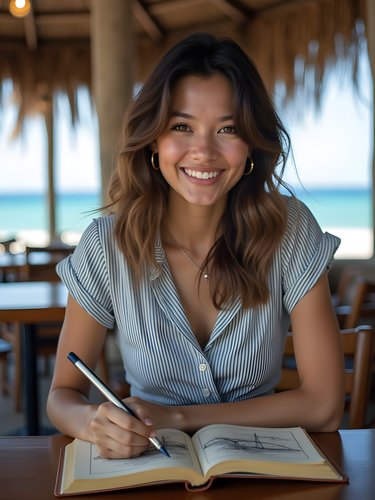
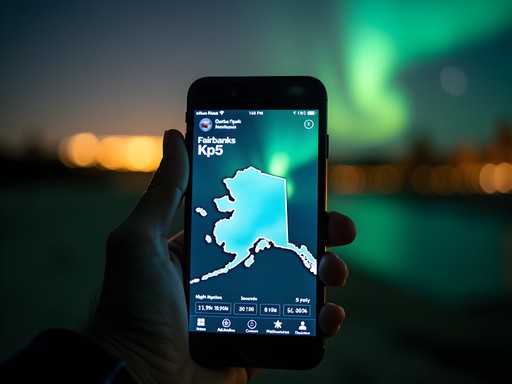
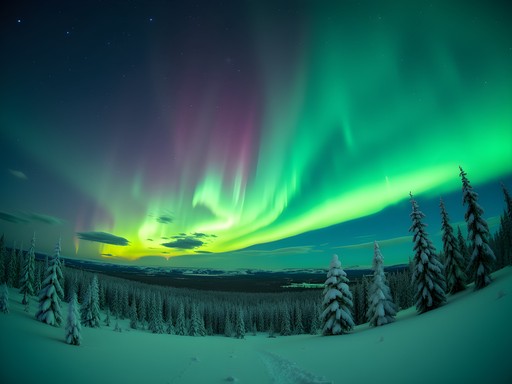

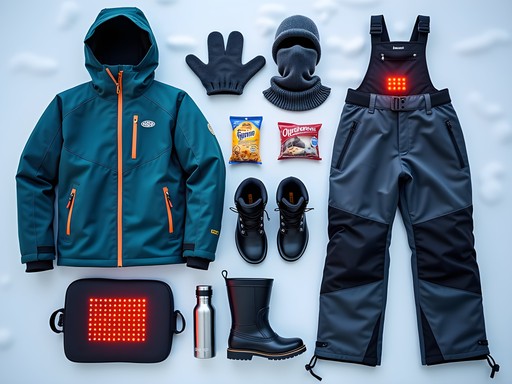
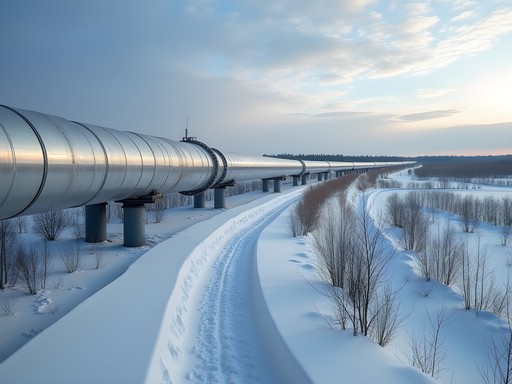


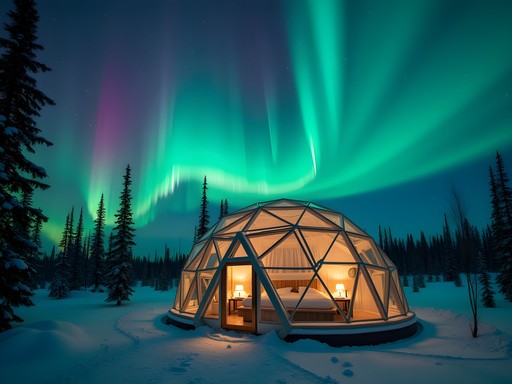
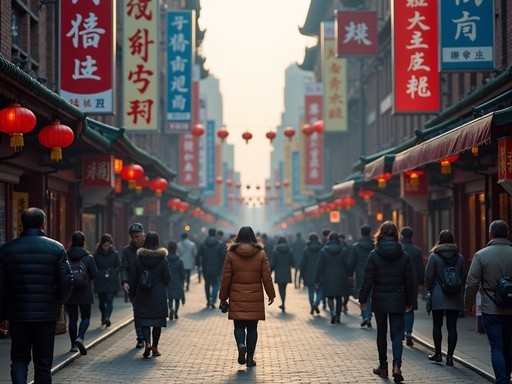






Comments
sunsetgal
Pro tip: Bring hand warmers for your gloves AND your camera!
wanderlustace
Just booked my trip for March after reading this!! SO EXCITED!!! I've been dreaming about seeing the Northern Lights forever! Quick question - is March still good for viewing or should I try to move it earlier? Also, did anyone else feel like the pictures don't do it justice? I've heard that so many times but I'm still bringing my camera anyway!
Mia Clark
March is still excellent! The equinox periods (March/September) actually have increased geomagnetic activity. And yes, photos never quite capture the movement and scale, but definitely still worth taking!
wavevibes
That cold weather gear section saved me! Thanks!
Nicole Russell
OMG this post couldn't have come at a better time! I'm heading to Fairbanks next month as part of my solo winter adventure and I'm BEYOND excited about seeing the lights! Mia, your engineer's perspective on the best viewing spots is exactly what I needed. I was wondering if you think it's worth renting a car or if the aurora shuttle tours are sufficient? I'm a bit nervous about driving in winter conditions but also want the flexibility to chase the lights on my own schedule. Also, has anyone stayed at those glass igloo places? They look amazing in photos but wondering if they're worth the splurge!
cityseeker
We rented a car and it was fine - roads are well maintained. The freedom to move around was worth it. Didn't do the igloos but our B&B host had aurora wake-up calls which was perfect!
triplegend
Going in January - too cold or prime viewing?
Mia Clark
January is actually excellent for viewing! Yes, it's cold (-20°F to -40°F possible), but the skies tend to be clearer. Just layer up properly and you'll be fine!
Frank Garcia
I visited Fairbanks last winter and can confirm your engineering approach to finding optimal viewing locations is spot on. I'd add that monitoring the Kp index becomes almost addictive when you're there! I found that the University of Alaska Fairbanks' Geophysical Institute forecasts were particularly reliable compared to some apps. One thing worth mentioning for photography: battery life decreases dramatically in those temperatures. I kept three camera batteries rotating between my pocket (body heat) and camera. Also, condensation when coming back indoors is a real issue - I used silica gel packets in my camera bag which helped tremendously.
triplegend
The battery thing is so true. Mine died after like 15 minutes when I forgot to keep it warm.
Frank Garcia
Yep, it's a common rookie mistake! Body heat is your best friend out there.
adventurenomad112
Those photos are incredible! Adding this to my bucket list right now.
cityseeker
Just got back from Fairbanks last week and your timing advice was spot on! We stayed for 5 nights and caught the lights 3 times. That app you mentioned for aurora forecasts was super helpful. One thing I'd add is that the Chena Hot Springs Road has some amazing pullouts for viewing - less crowded than some of the popular spots closer to town. The contrast of the steam from the hot springs with the lights above was magical!
Mia Clark
So glad you had success at Chena Hot Springs Road! It's definitely one of my favorite spots - the reduced light pollution makes such a difference.
Adam Nichols
For anyone planning a trip, I'd recommend staying at least 4-5 nights to maximize your chances of clear skies. The aurora forecast apps are helpful but not foolproof. Also, don't underestimate the cold - layering is crucial. Thermal base layers, mid-layers, and a serious down parka with proper snow pants. Hand and foot warmers are lifesavers during those long waits. And don't forget a headlamp with a red light option to preserve your night vision while setting up equipment. Fairbanks truly offers one of the most accessible and reliable aurora viewing experiences in the world.
moonlegend
Any recommendations for guided tours vs. self-guided viewing? Worth the extra cost for a guide?
Gregory Boyd
If it's your first aurora experience, a guide is invaluable - they know exactly where to go based on cloud cover and conditions that night. For independent types, the Aurora Forecast app and a rental car will serve you well, but be prepared for some trial and error. The locals at Arctic Outfitters gave me fantastic advice when I went solo.
Venture X
Premium card with 2X miles, $300 travel credit, Priority Pass